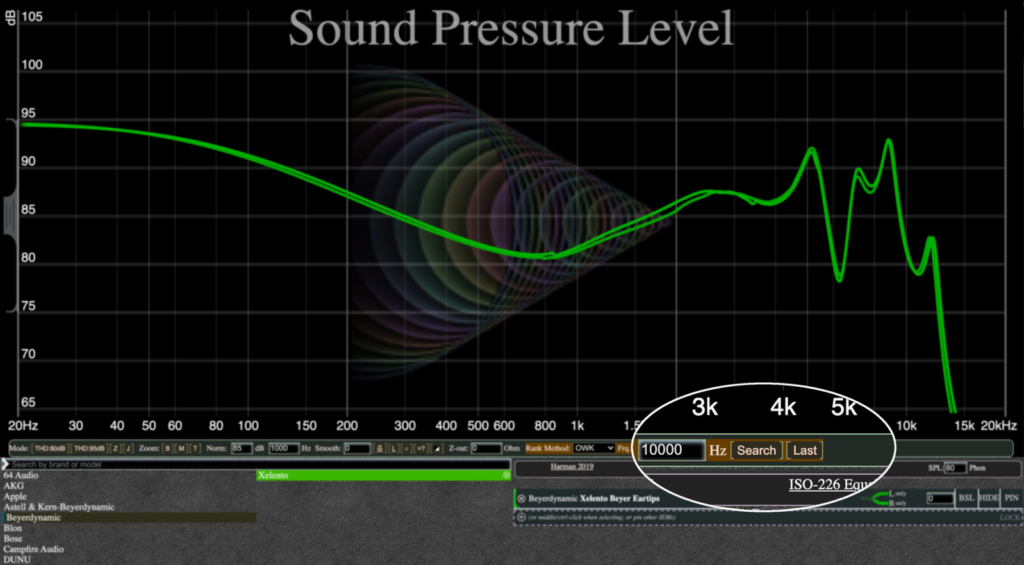How to Use the Graphing Tool
Rank search
To run the default rank search, with no modifications or customizations, simply open the graphing tool, expand the tool menu (if necessary, on smaller screens) and click the “Search” button – or simply click the “Try it!” button below. After a few seconds, the rank search results will appear in a pop-up window. If you don’t understand what all the squiggly lines in the graph mean, you may simply want to consider headphones towards the top of the list.

advanced rank search
Everybody’s ears are different, and we all have different preferred genres and listening volumes. This video explains how advanced users can customize their search based on hearing threshold, SPL, or other modifications to an existing target.
profile search
Like the way a particular headphone sounds, but can’t justify its $4000 price tag? Find other headphones that sound similar. This video explains how to search based on an existing headphone’s frequency response.
impedance effects
Headphones don’t always sound the same with different sources. One major effect is caused by an impedance mismatch between the source and headphones.
automatic equalizer
Modify the sound signature of an existing headphone, or make one headphone sound like another with the built-in equalizer tool1.
[1]AutoEq: https://github.com/jaakkopasanen/AutoEq
F.A.Q.
All modern music is recorded using microphones, so yes, we believe they do. But research is ongoing to understand how to interpret measurement signals to best achieve meaningful correlations with listener preferences. HypetheSonic’s goal is to better understand and improve audio ranking algorithms.
Distortion levels and impulse-response targets might not be subjective, but frequency-response preferences can be, and you might not be a close fit to the average profile. This is why we allow the search target to be adjusted based on hearing roll-off, phon level or known preferences. Be sure to read the instructions and FAQ#2 before running a search.
That’s a very good question! Yes, the listening volume is important, because equal loudness curves shift with sound pressure level and you don’t (or shouldn’t) listen on headphones at the 115 dB that your favorite rock band plays at live. This is why we allow to you to set your preferred listening volume in the rank-search tool. (Note the phon level only affects the rank search, not the profile search.)
Headphones with near-identical frequency responses are likely to sound very similar, but there are always nuances and exceptions.
The largest differences between cables tend to arise when comparing cheaper, higher-impedance cables with a good quality cable. In general, it’s harder to detect (and measure) differences between two good-quality cables. We use stock (or better) quality cables for all measurements.
Sound quality metrics can also be applied to source devices such as portable digital audio players (DAPs), digital to analog converters (DACs) and amplifiers. These also make a difference, but switching DACs, DAPs and amps tends to make a far smaller change than switching headphones. All measurements were made with very low (<<1 Ohm) output impedance sources where measurement differences become much smaller.
There are many factors that determine price point. Our measurement rankings aren’t influenced by functionality, marketing or R&D costs or profit margin.
All products on our databases come with microHypes – brief subjective impressions and thoughts. Some products also have miniHypes – more extensive mini-reviews. Click here for more information.
